The incident in Tu Loi district, Zhangjiajie city (Hunan province, China) is attracting public attention as it relates to a prominent ecological environmental issue.
At the end of May, local authorities confirmed that inside the caves in Zhangjiajie National Forest Park were dozens of tons of various types of waste, including household waste, livestock manure, etc.
The height of the "mountains" of trash is equivalent to a 7-8 story building, including water bottles manufactured in 2015. This shows that they have been in the landfill for a decade.
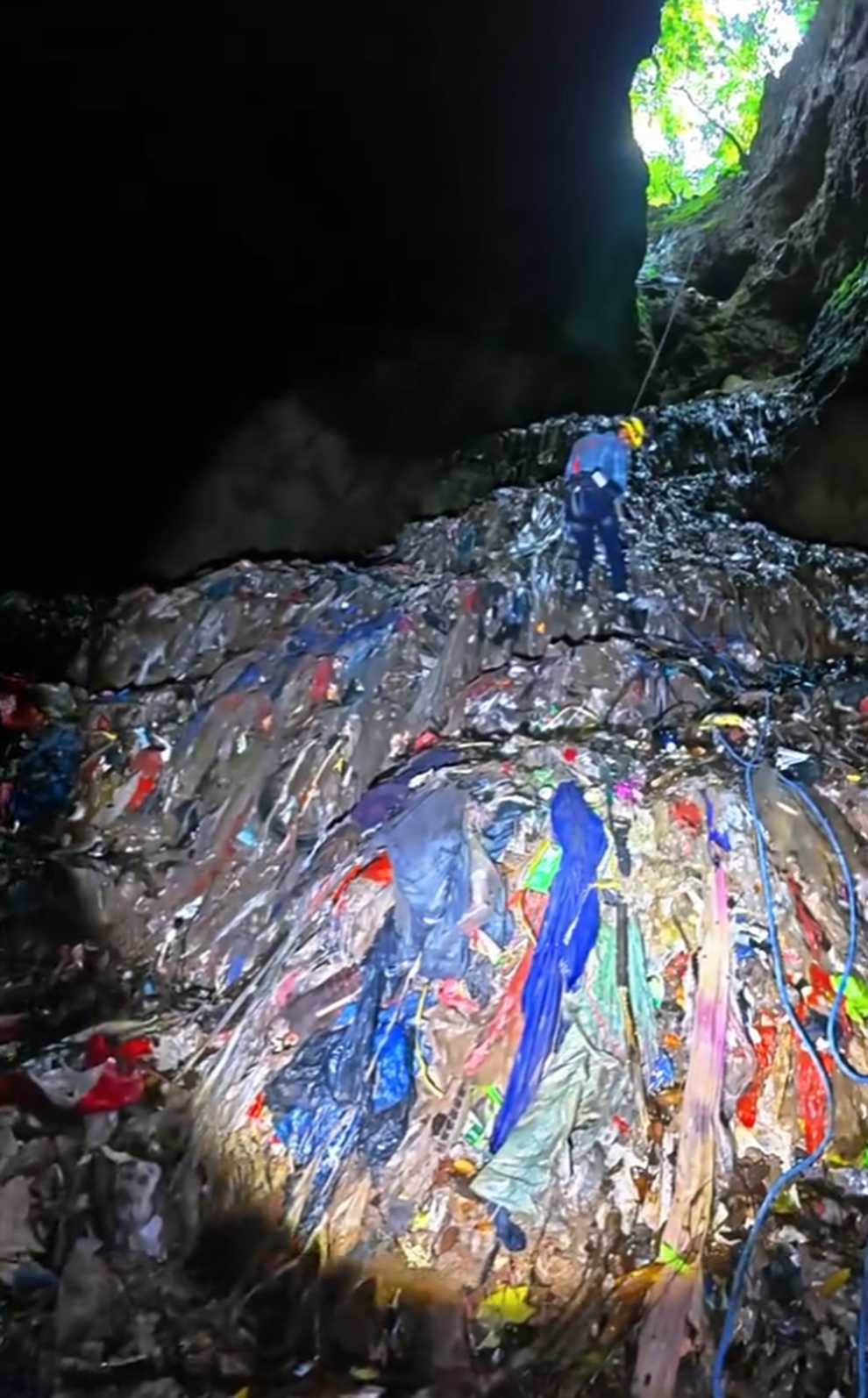
The incident only came to light after recent heavy rains caused a flood of garbage and sewage. An undercover blogger then went to film it. Footage from inside the cave shows a huge mountain of garbage piled up to the mouth of the cave. The cave is a karst limestone cave, with a vertical depth of about 150m.
According to initial information, from 2010 to 2016, people living nearby dumped garbage into the cave, despite the government's call to ban it. However, because the area had not yet opened a garbage collection and treatment service, the incident continued and lasted for a decade.
Cleaning up 51 tons of trash in a famous cave in China ( Video source: Hong Kong 01).
On June 8, the Tu Loi district information office confirmed that 51 tons of garbage had been cleared. Of these, Duong Gia Ba cave was basically cleared, while Dai Dien Khang cave had not been cleared yet.
In addition, four officers in charge were suspended from work to serve the investigation. Three farm owners living nearby were found to have violated waste disposal regulations and were also handled according to regulations.
In order to avoid similar incidents, the Zhangjiajie city government has expanded its environmental inspection campaign in caves in the area, offering a reward of 5,000 yuan (18 million VND) to individuals who speak out to report illegal dumping.
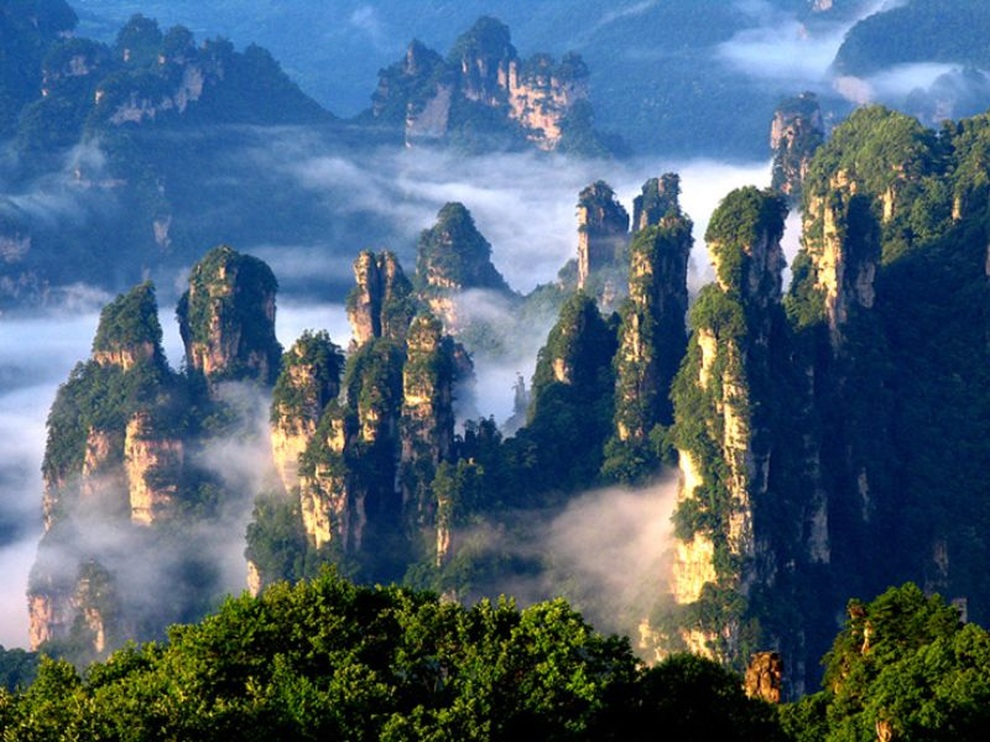
In addition, the city also launched a campaign against illegal dumping in conservation areas, established a professional geological survey team to assess the general situation, and recruited cave exploration volunteers to assist.
In fact, turning natural caves into giant landfills is not an isolated incident in China.
Previously, in some provinces such as Guizhou and Guangxi, cases of dumping waste into caves were also discovered. This shows that environmental monitoring in some localities still has many limitations.
Zhangjiajie Scenic Area was recognized by UNESCO as a World Natural Heritage since 1992.
This area is famous for its majestic limestone mountains, thousands of towering stone pillars, and stunning views of deep valleys and lush green forests. It is known as "heaven on earth" or "fairyland on earth".
Currently, Vietnamese tourists to Zhangjiajie have many options for transportation. The most convenient of which is the direct flight from Hanoi to Zhangjiajie.
Source: https://dantri.com.vn/du-lich/hang-dong-co-51-tan-rac-thai-thien-duong-du-lich-hay-be-chua-khong-lo-20250611150308794.htm




























![[Photo] The 9th Congress of the Party Committee of the Office of the President, term 2025-2030](https://vphoto.vietnam.vn/thumb/1200x675/vietnam/resource/IMAGE/2025/6/20/78e7f27e8c4b4edc8859f09572409ad3)


























![[Maritime News] Wan Hai Lines invests $150 million to buy 48,000 containers](https://vphoto.vietnam.vn/thumb/402x226/vietnam/resource/IMAGE/2025/6/20/c945a62aff624b4bb5c25e67e9bcc1cb)



















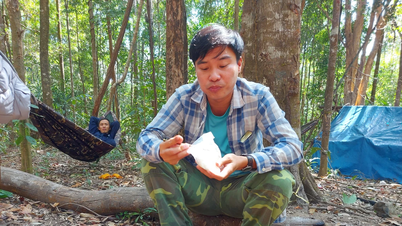

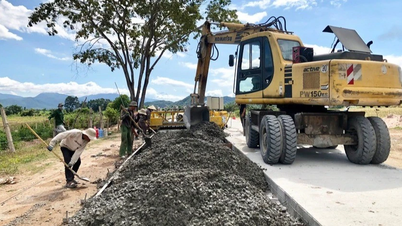

















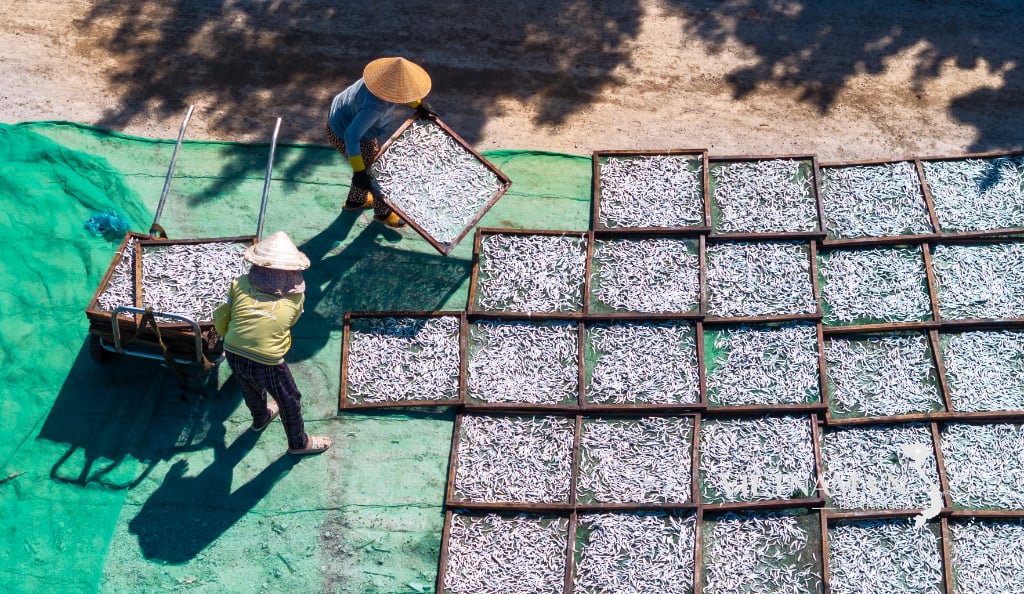
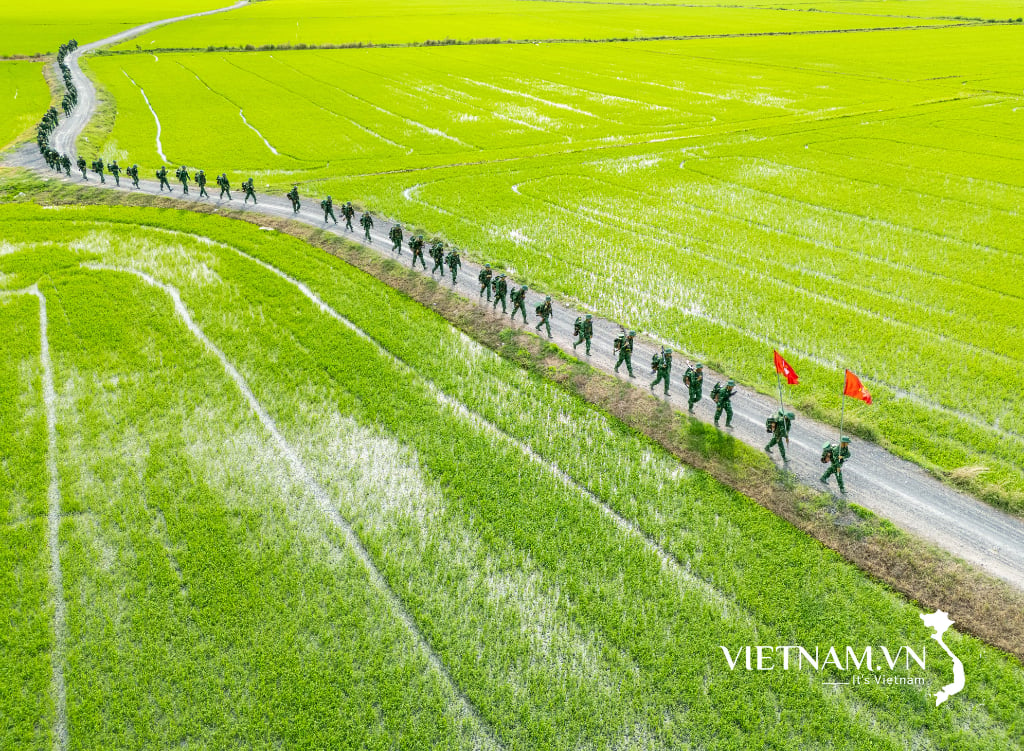
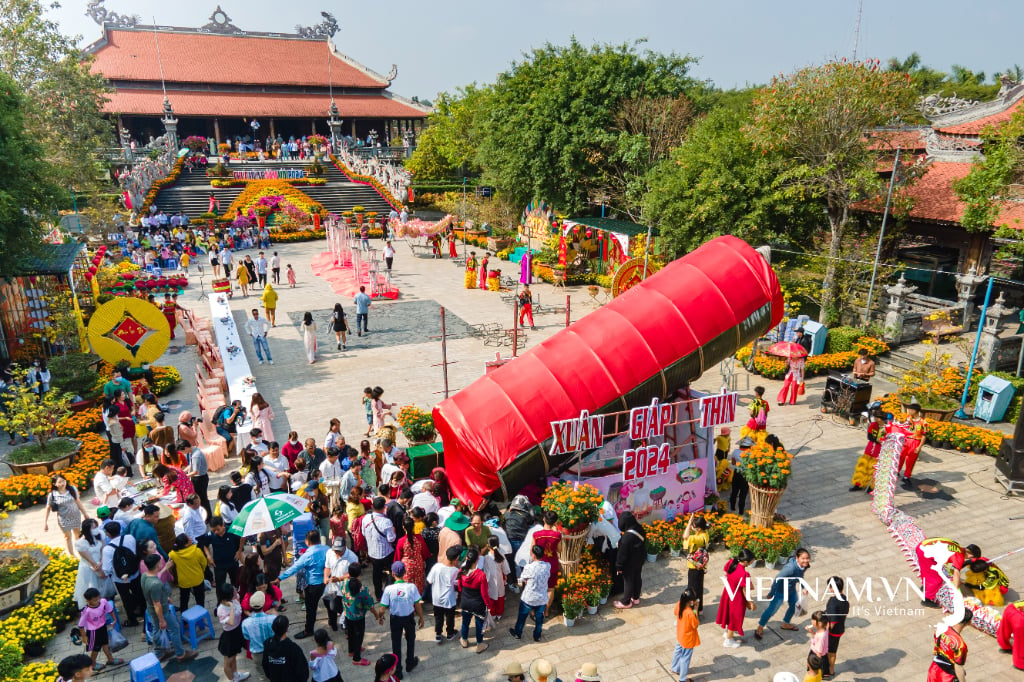

Comment (0)